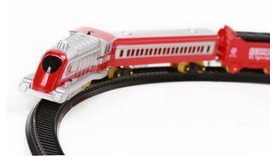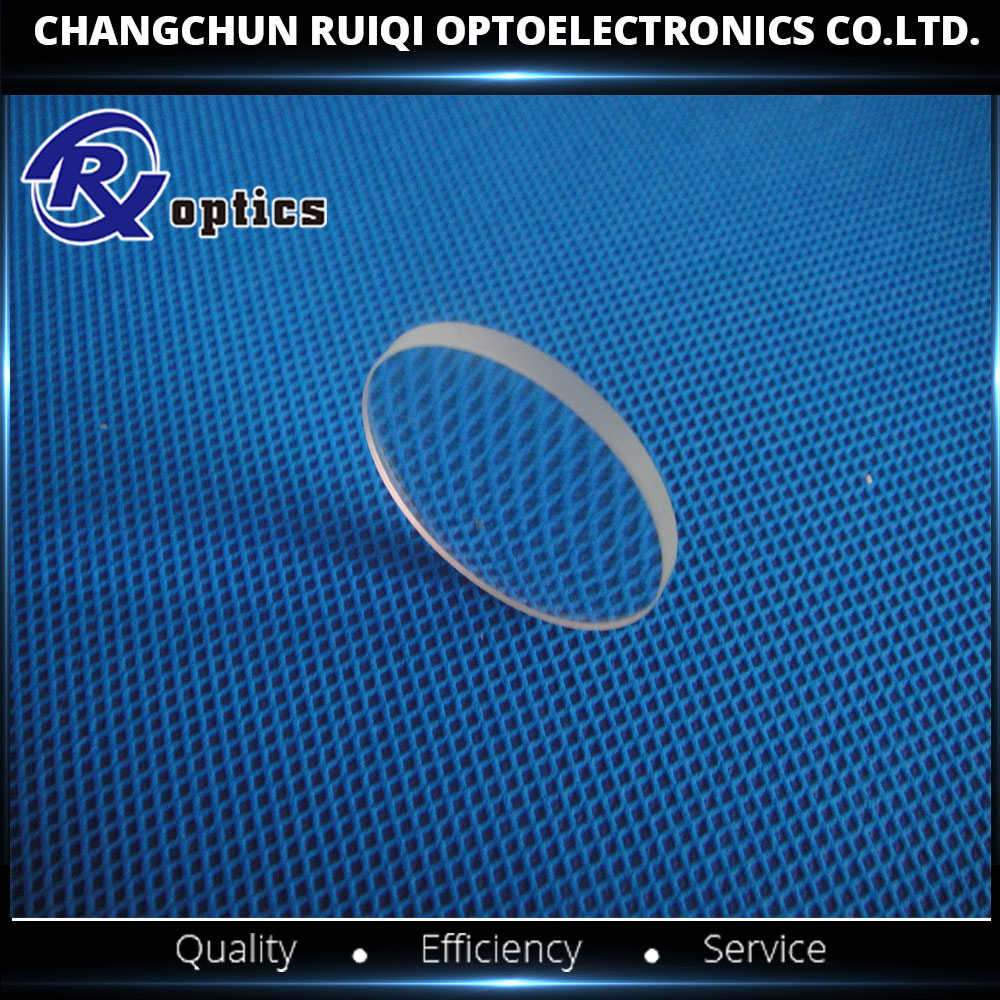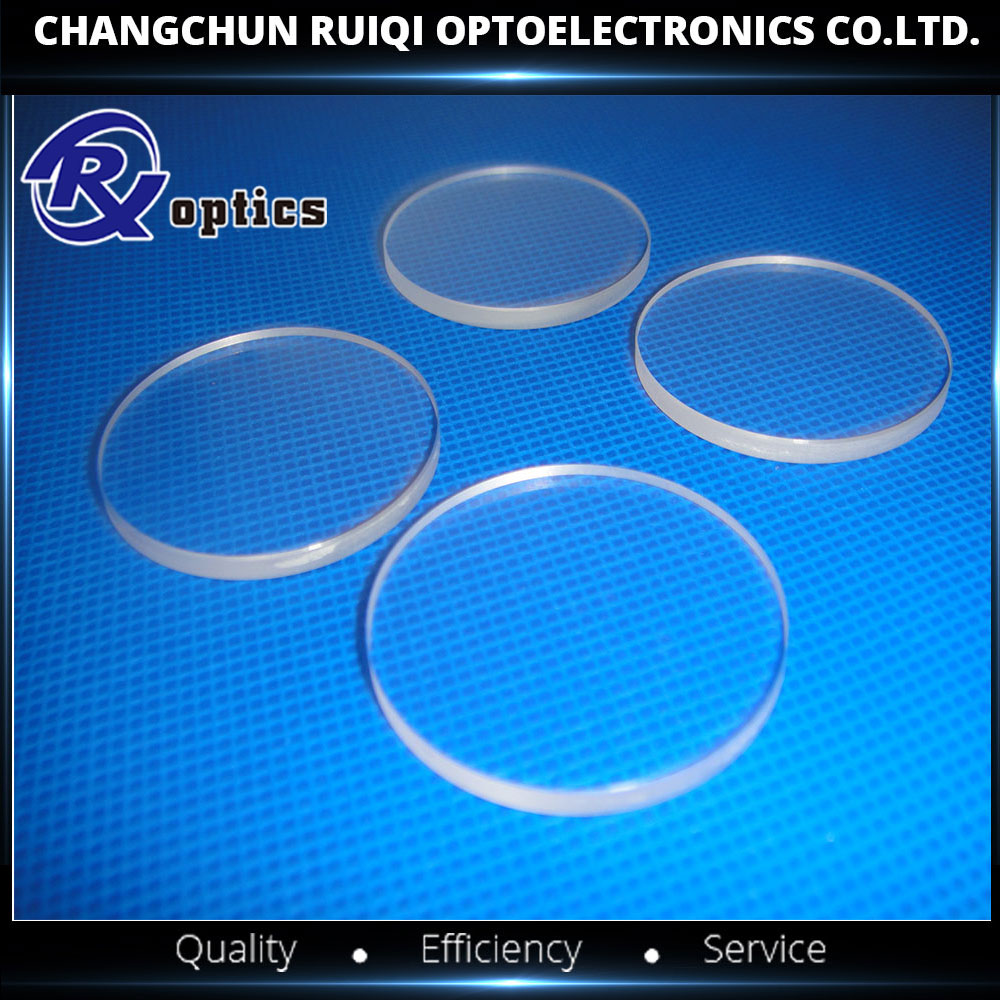 The United States has always attached great importance to the regulation of hazardous chemicals in products such as children's products, furniture, textiles, and food contact materials. According to relevant news, at least 26 states in the United States plan to introduce a bill this year that will ban or more strictly regulate products containing harmful chemicals to protect people's safety.
The United States has always attached great importance to the regulation of hazardous chemicals in products such as children's products, furniture, textiles, and food contact materials. According to relevant news, at least 26 states in the United States plan to introduce a bill this year that will ban or more strictly regulate products containing harmful chemicals to protect people's safety. Enterprises should pay attention to the "big three" toxic chemicals From the perspective of the intensity of chemical substances involved in regulations, export companies should focus on the three major substances: chlorinated flame retardants, brominated diphenyl ethers and bisphenol A. Chlorinated flame retardants include tris(1,3-dichloro-2-propyl) phosphate (TDCPP), tris(2,3-dichloropropyl) phosphate (TDCP), phosphoric acid tris(2-chlorobis) (TCEP) and tris(2-chloropropyl) phosphate (TCPP). Brominated diphenyl ethers include decaBDE, octaBDE, and pentaBDE. This year, more than ten states, including California and Maryland, have enacted toxic flame retardants. It is expected that more states will carry out similar legislation this year. For example, Connecticut prohibits the sale of products for children aged three or under including TDCPP, TDCP, TCEP, and TCPP. Maine will direct the EPA to include TDCPP in the list of chemical concerns and high-level attention lists. Massachusetts considers legislation to prohibit the sale of any products containing decaBDE, octaBDE and pentaBDE, and children's products and fabric furniture including TDCPP, TCEP and TCPP. The Vermont bill will target several products containing PBDEs, TDCPP, TCEP, and TCPP.
Another class is bisphenol A. Since 2009, more than 20 states have issued different bans on children’s products. The states of Tennessee, Kentucky, New Jersey, and West Virginia review bills restricting the use of bisphenol A in food containers; Connecticut and South Dakota offer measures that require products containing bisphenol A to contain labels; New York State is reviewing the use of paper receipts. Bisphenol A problem.
There are other substances, such as New York State, Massachusetts, Michigan, and Mississippi that have legislation that prohibits the use of cadmium in children's products, while Minnesota has introduced measures to address formaldehyde problems.
Disincentives are the trend of the times Export risks of companies are increasing. It can be seen from the content of the regulations that all states in the US have taken the lead in the development of toxic chemicals in the production, import, and related sales sites and tightened the control of toxic flame retardants. Substances and other substances will be the trend of the times. Companies should pay attention to the similarities and differences between the chemicals management laws formulated by each state; pay attention to the extension of new chemical substances covered by laws and regulations; require manufacturers to make disclosures on chemical substances contained; and require manufacturers to Formulate procedures for switching to safer alternatives.
The ban on chlorinated flame retardants, brominated diphenyl ethers, bisphenol A, cadmium, and other toxic chemicals has a wide range of impact on many types of daily necessities, among which children's products bear the brunt, including plastic toys, cradle pads filled with sponges, Crib mattresses, baby cribs, children's clothing, baby's pacifiers, etc. Others include cloth furniture, food containers, and household household products. Relevant experts believe that for many enterprises with low-level, low-profit as the main business model, it is difficult to find and develop environmentally-friendly, low-toxic alternative raw materials, and the company’s own technical capabilities are insufficient, which results in the increase of related testing costs. The use of tightening flame retardants, bisphenol A, cadmium, etc. will cause a certain degree of impact on them.
Children's clothing, children's clothing, furniture, etc. are the highlights of Ningbo's exports in recent years. They have gathered and formed large-scale production bases that have begun to take shape, while the United States is the main export position for such products. Statistics show that there are more than 600 US-related manufacturing companies, and the annual export amount exceeds 400 million U.S. dollars. The inspection and quarantine department reminded that it should pay close attention to the new trends of laws and regulations formulated by the states, especially the effective nodes of the directives, and take preventive measures.
On the one hand, it is necessary to have an in-depth understanding of the limits, content requirements, and label warning requirements for toxic chemicals in California, USA, and conduct inspections on their own products to focus on the matching degree of their own products. Strengthen the management of harmful chemical tests, strengthen the connection with inspection and quarantine departments or seek technical support from large US testing agencies.
On the other hand, it is necessary to strengthen the standard management of raw material supply channels, implement a registration and registration management system for third-party companies, supervise enterprises to establish and improve supplier files, select qualified suppliers, and establish a reliable source of strict control over production sources. The quality and safety issues that come with it.
Magnesium Fluoride (MgF2) Windows offer excellent broadband transmission from the deep-UV to the mid-infrared.
MgF2 is a rugged material resistant to chemical etching, laser damage, and mechanical and thermal shock.
MgF2 exhibits excellent broadband transmission from 120 nm to 8 μm , from the deep UV to the mid infrared. This makes them a good choice for UV radiation sources and receivers as well as for use at the Hydrogen Lyman-alpha line. They are often used as UV viewpoints, and are a good option for UV polarizers and excimer laser applications. It has a high transmittance between 120 nm and 8 µm, and between 0.4-5.0 µm transmits over 90%.
MgF2 has a melting point of 1255 degrees Celsius. It has a density of 3.177 g/cm3, and a tetragonal crystal type. Our optical windows are typically oriented with the round surfaces perpendicular to the c-axis of the MgF2 crystal to minimize birefringence. Custom random cut MgF2 windows can be manufactured on request.
MgF2 is the only optical material which combines a wide spectral transmission band with birefringence. This birefringence means that the refractive index depends on the polarization and propagation direction of light. Because of birefringence, a MgF2 window can exhibit double refraction, so that a ray of light will be split by polarization into two rays with different paths.
- Excellent Transmission from 120nm to 7μm
- Rugged and Durable
- Resistant to Chemical Etching


Mgf2 Window,Magnesium Fluoride Windows,Single Crystal Mgf2 Lens,Mgf2 Opticl Window
Changchun Ruiqi Optoelectronics Co.,Ltd , https://www.ruiqi-optics.com